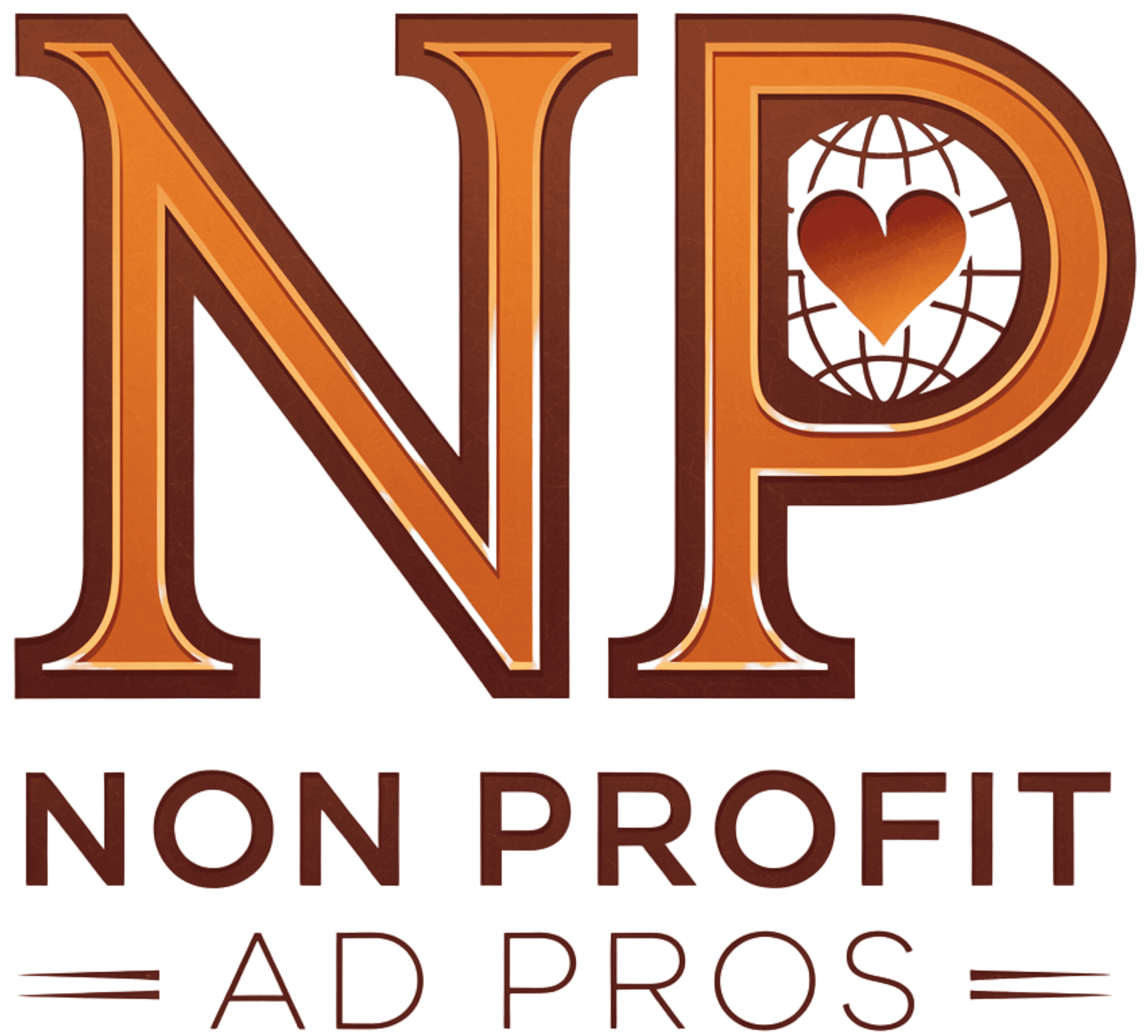Nonprofits exist to create impact—whether that means supporting communities, driving social change, or advocating for important causes. But in today’s fast-paced digital world, even the most meaningful missions can go unnoticed without a strong online presence. That’s where digital marketing becomes a vital tool for mission growth and community engagement.
This guide will walk you through everything nonprofits need to know to maximize their digital presence and build deeper connections with supporters.
Why Digital Marketing is Essential for Nonprofits
Nonprofits face unique challenges—limited budgets, small teams, and competing priorities. Yet, digital marketing offers affordable, scalable, and measurable solutions. Here’s why it’s essential:
- Visibility: Helps your mission reach new audiences across the globe.
- Engagement: Creates two-way communication with donors, volunteers, and advocates.
- Impact: Turns awareness into action—whether that means donations, event signups, or advocacy.
Core Elements of a Nonprofit Digital Marketing Strategy
1. Define Your Mission and Goals Online
Start with clarity. What do you want digital marketing to achieve? More donations, volunteer signups, awareness campaigns, or advocacy? Clear goals help shape the right strategies.
2. Build a Strong Website
Your website is your digital home base. Make sure it’s:
- Easy to navigate.
- Mobile-friendly.
- Optimized for search engines (SEO).
- Equipped with donation forms, signup pages, and clear calls-to-action.
3. Leverage Social Media for Storytelling
Social platforms are powerful for sharing impact stories, program updates, and volunteer highlights. Choose platforms where your supporters spend the most time—Facebook, Instagram, LinkedIn, or TikTok—and post consistently.
4. Email Marketing for Relationship Building
Email remains one of the most effective channels for nonprofits. Use it to:
- Thank donors.
- Share campaign updates.
- Highlight stories of impact.
- Invite supporters to events.
5. SEO and Content Marketing
Publishing blogs, guides, and case studies helps your nonprofit appear in search results. Content marketing positions your organization as a trusted resource and draws in people searching for causes like yours.
6. Paid Campaigns and Google Ad Grants
With limited budgets, nonprofits can make the most of Google Ad Grants—offering up to $10,000 per month in free ads. Paid campaigns on social media also allow precise targeting to reach donors and volunteers.
7. Analytics and Continuous Improvement
Digital marketing is data-driven. Use tools like Google Analytics or social insights to measure performance, track donor journeys, and refine strategies over time.
Tips for Community Engagement Through Digital Marketing
- Personalize Communication: Tailor messages for donors, volunteers, and partners.
- Encourage Interaction: Ask questions, run polls, and create opportunities for supporters to engage.
- Celebrate Supporters: Highlight donor stories, volunteer spotlights, and community contributions.
- Be Transparent: Share financial reports, project updates, and results to build long-term trust.
Final Thoughts
Digital marketing isn’t just a promotional tool—it’s a bridge between your mission and the people who believe in it. By combining storytelling, strategy, and technology, nonprofits can grow their impact, strengthen community bonds, and achieve sustainable mission growth.
In a world where attention lives online, the nonprofits that embrace digital marketing are the ones best positioned to thrive and make lasting change.
